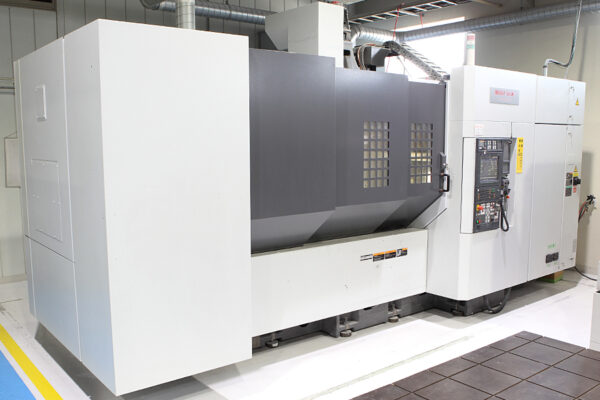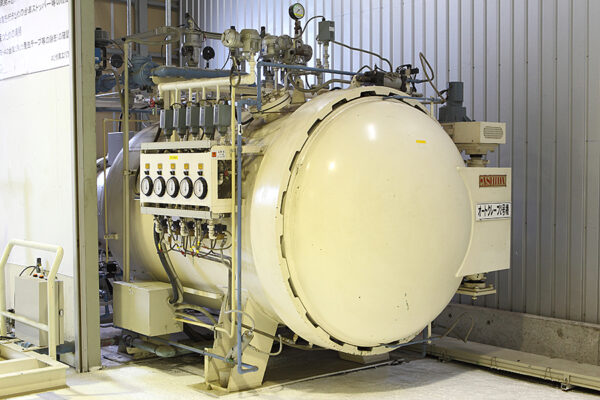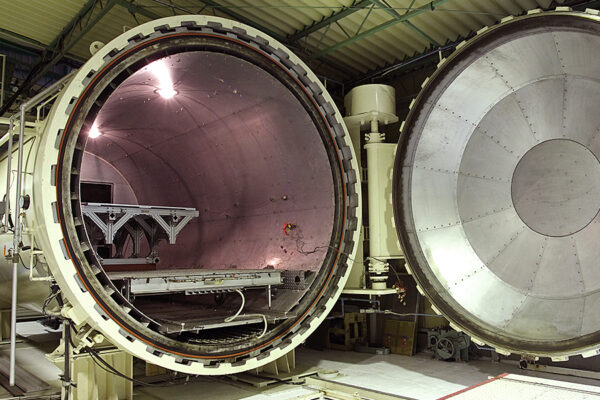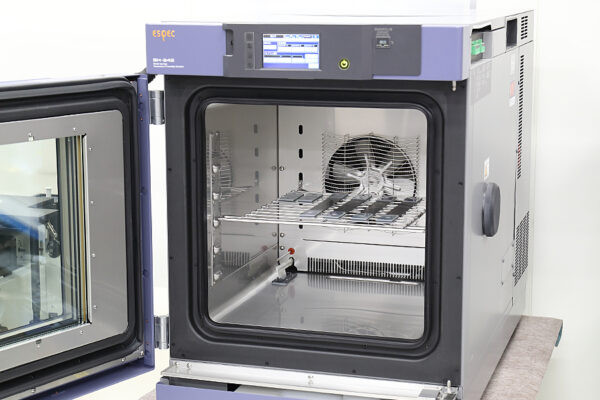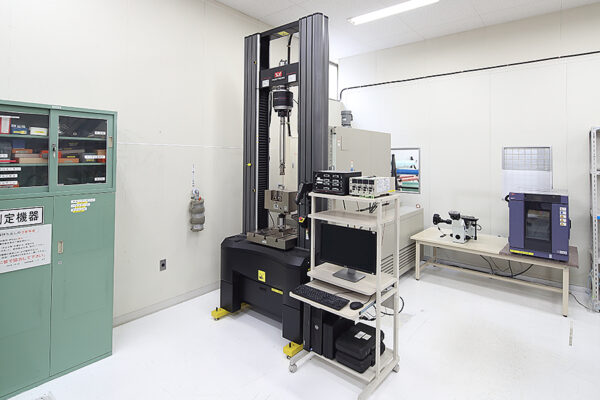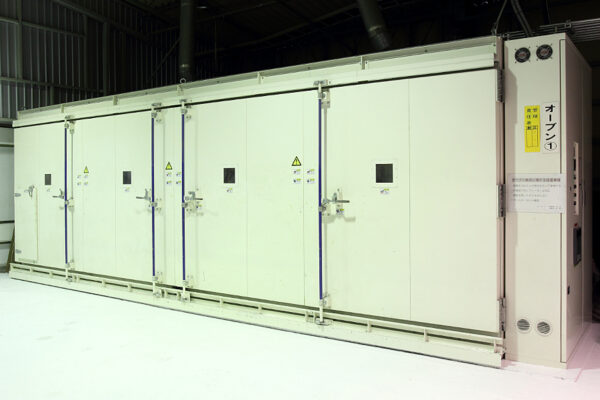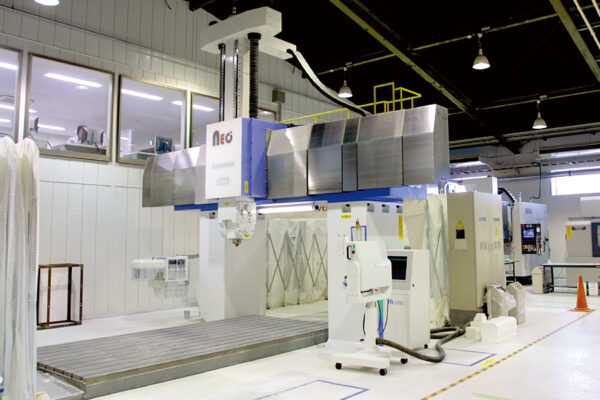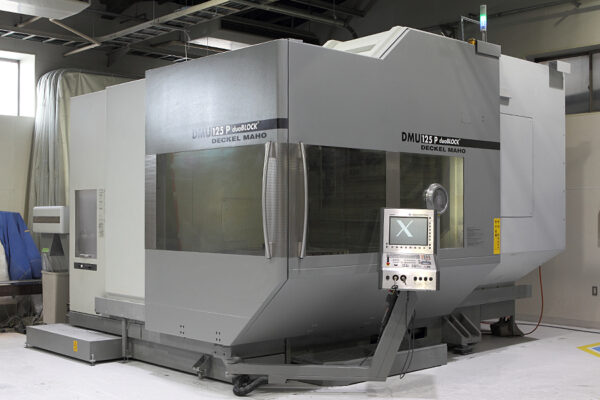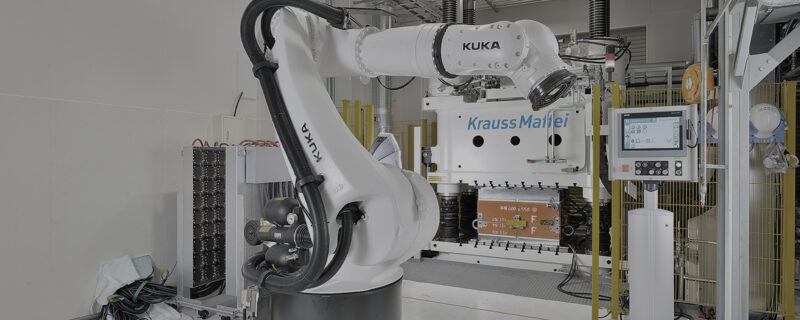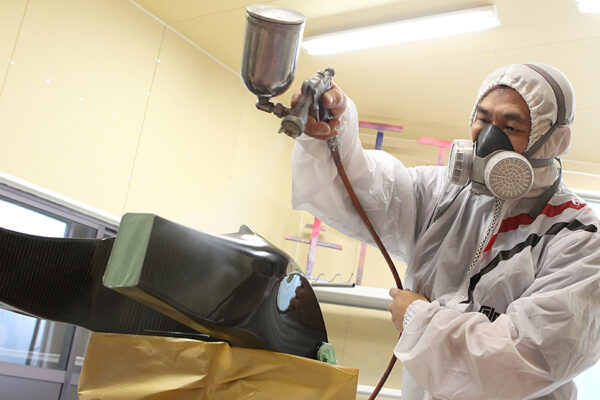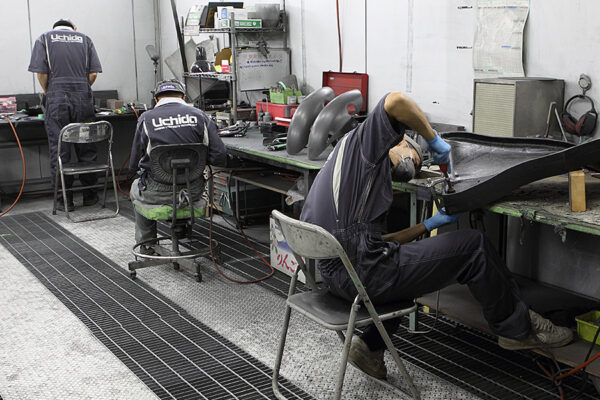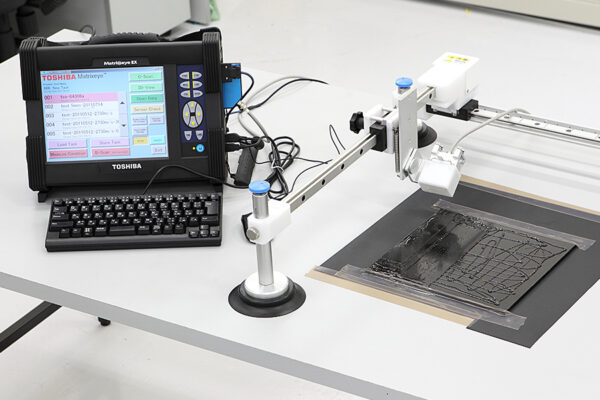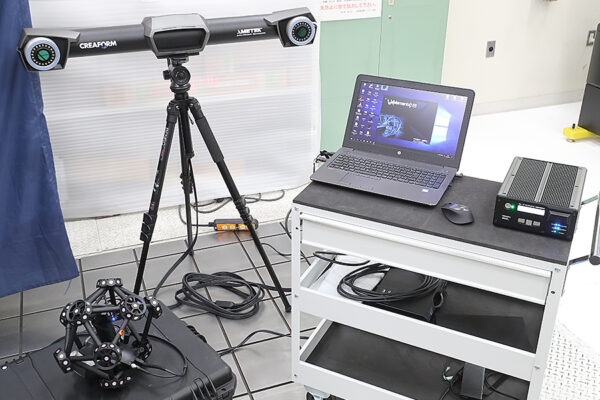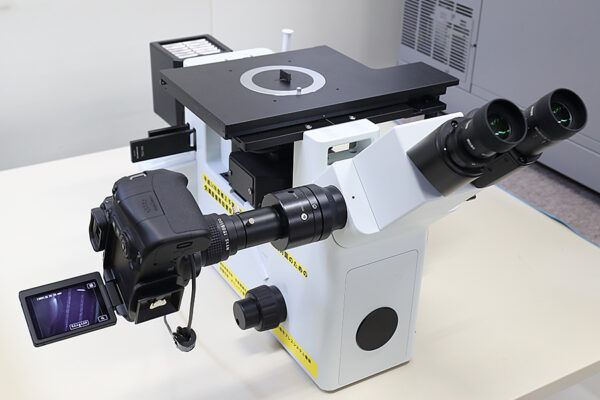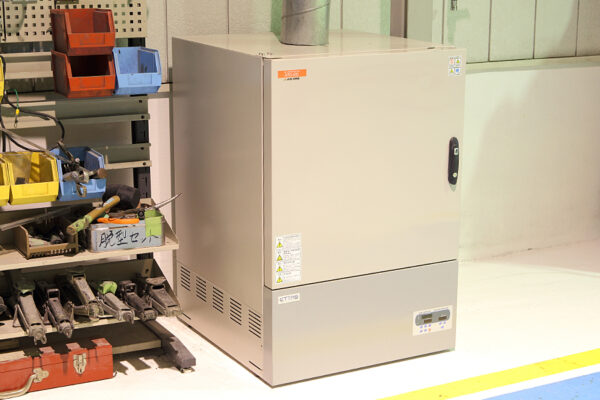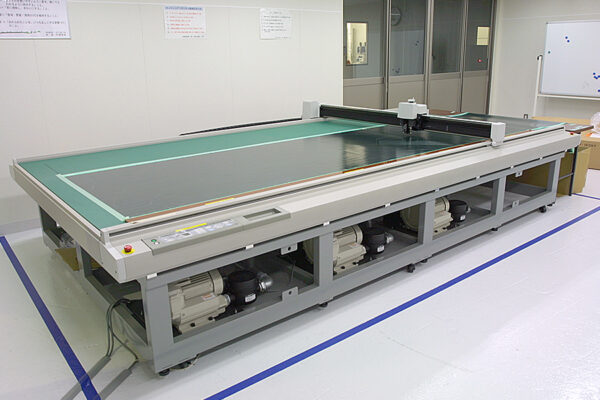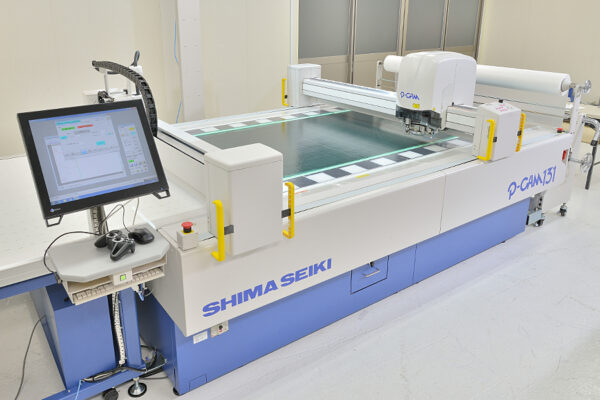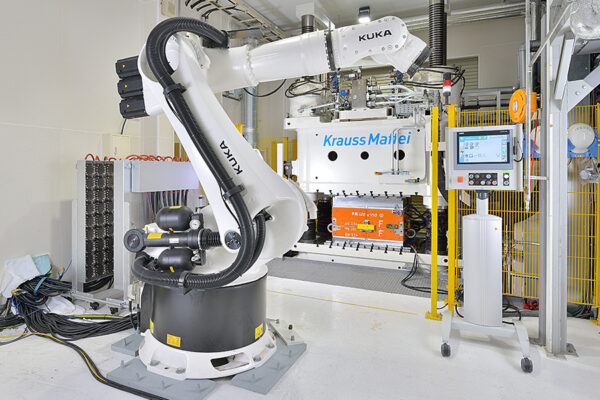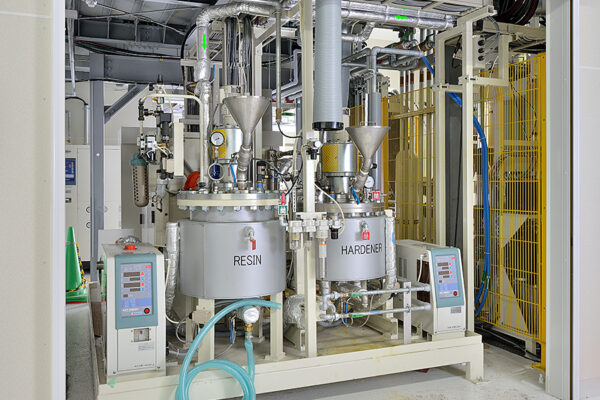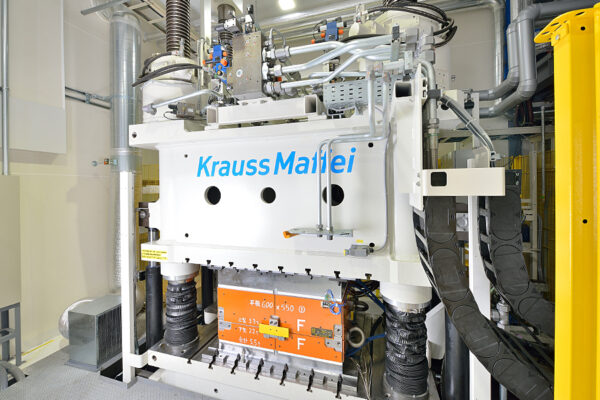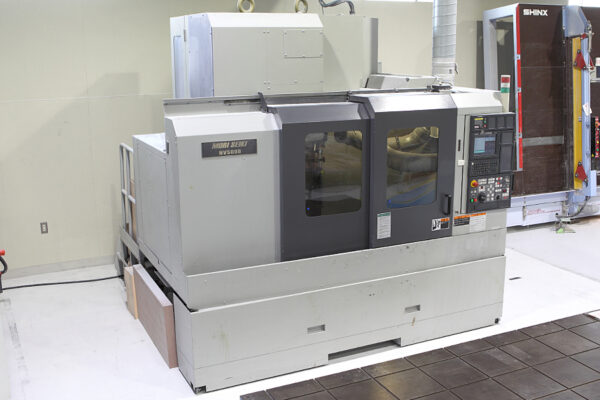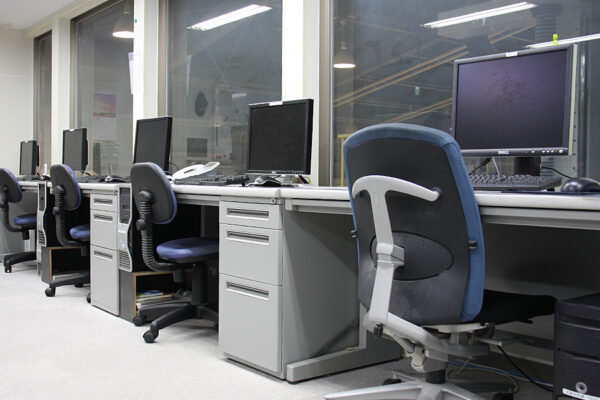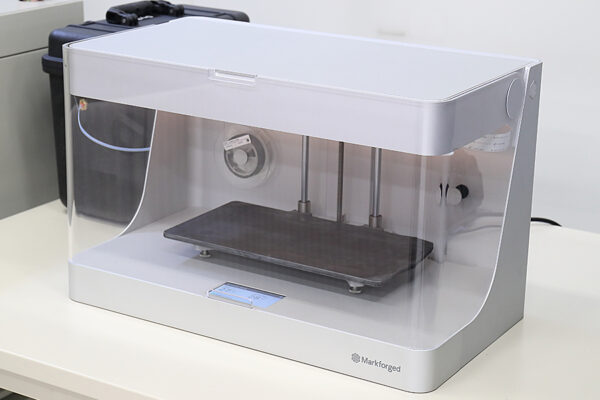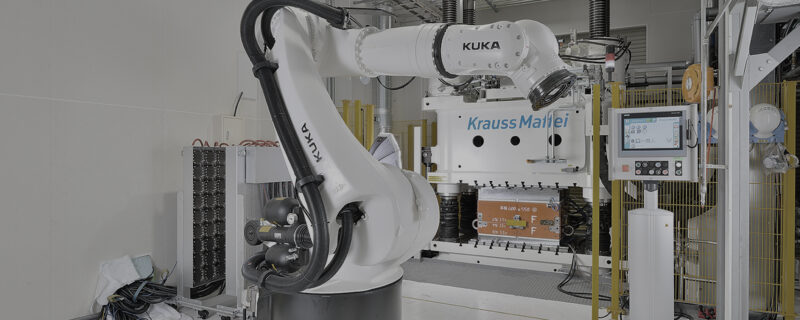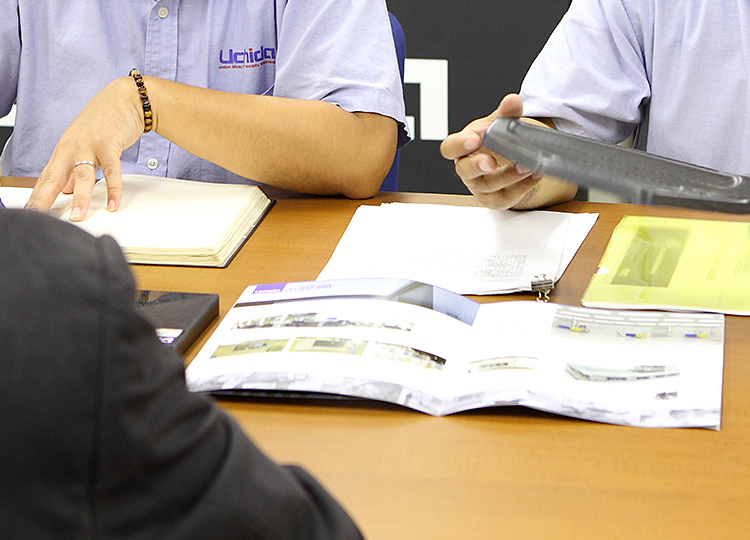Introduction
Carbon fiber-reinforced plastic (CFRP) is a lightweight yet extremely strong composite material widely used in a variety of industries, including aerospace, automotive, and sporting goods. One of its attractive properties is Young’s modulus (modulus of elasticity), an important property of CFRP that indicates the material’s response to elastic deformation and is very important in design and analysis. In this column, we will explain the basic concept of Young’s modulus of CFRP and how it is applied.
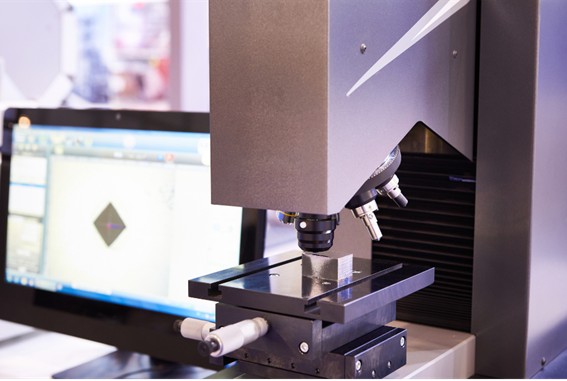
What is Young’s modulus (modulus of elasticity)?
Young’s modulus (E) is an indicator of how elastically a material deforms in response to stresses such as tension and compression. Specifically, it is defined as the ratio of stress (force divided by area) to strain (deformation divided by original length).
Definition of Young’s modulus
E = stress strain E = \frac{\text{stress}}{\text{strain}}E = strain stress
Materials with higher Young’s modulus exhibit less deformation when the same stress is applied. Conversely, a material with a low Young’s modulus will exhibit greater deformation for the same stress. For example, metallic materials such as steel have a high Young’s modulus and are very hard and hard to deform.
Characteristics of Young’s Modulus of CFRP
CFRP is a composite material of carbon fiber and resin, and material properties are mainly determined by the type of fiber, type of resin, and fiber orientation (direction). Therefore, Young’s modulus of CFRP varies greatly depending on these factors.
Differences by Fiber Direction
Carbon fiber has very high tensile strength and is directional. Young’s modulus along the fiber direction (axial direction) is very high, typically reaching tens of GPa (gigapascal). In contrast, Young’s modulus is much lower in the direction perpendicular to the fiber direction (transverse direction), resulting in a relatively small Young’s modulus in the transverse direction.
– Axial Young’s modulus (fiber direction): typically around 70-200 GPa (depending on fiber type and molding method)
– Transverse Young’s modulus (transverse to fiber direction): typically around 10-15 GPa (lower than axial direction)
Effect of resin
Resin part is relatively softer than fiber reinforced materials Resin is relatively softer than fiber-reinforced materials, which can reduce the Young’s modulus of CFRP. The Young’s modulus varies depending on the type of resin and the state of curing, so the selection of resin and its treatment during the manufacturing process are important.
– Young’s modulus of resin part: usually around 2 to 5 GPa (relatively low)
Effect of manufacturing method
The manufacturing method of CFRP also affects Young’s modulus. For example, autoclave molding and RTM (resin transfer molding) tend to improve Young’s modulus because the density and orientation of the fibers are optimized due to the high temperature and pressure used in the manufacturing process. In contrast, simple molding methods often result in random fiber orientation, which may reduce Young’s modulus.
Applications of Young’s Modulus of CFRP
The Young’s modulus of CFRP plays a very important role in design and analysis because it is directly related to its strength and stiffness. It is especially important in the following applications
structural design
CFRP is often used to reduce the weight of aircraft, spacecraft, vehicles, etc. Young’s modulus is an important design parameter because of its required strength and stiffness. For example, when CFRP is used for aircraft wings or vehicle chassis, a high Young’s modulus is required to avoid excessive deformation.
Aircraft: Young’s modulus of CFRP is optimized in the design to achieve both strength and weight reduction.
Automotive: CFRP is used for weight reduction and strength, especially in areas where high strength and rigidity are required.
sporting goods
In sporting goods, Young’s modulus of CFRP is important because high rigidity is required in spite of light weight. For example, in bicycle frames and golf club shafts, a high Young’s modulus is directly related to resilience and precision, making it a particularly important property.
Bicycle frames: Young’s modulus in the axial direction of CFRP is important for lightweight and high rigidity.
Golf clubs: High Young’s modulus is required to improve energy transfer efficiency when striking.

Building Reinforcement
CFRP is also used as a reinforcement material for buildings and structures, and Young’s modulus in particular determines the effectiveness of the reinforcement. For example, when CFRP sheets are used for seismic reinforcement or structural strengthening, their stiffness contributes to increased strength.
Seismic reinforcement: Young’s modulus of CFRP sheets is an important parameter for controlling building deformation.
Measuring the Young’s modulus of CFRP
A tensile test is commonly used to measure the Young’s modulus of CFRP. In this test, a tensile force is applied to a CFRP specimen and the Young’s modulus is calculated by measuring the relationship between stress and strain. In particular, separate tests are performed for each fiber direction to accurately determine Young’s modulus in the axial and transverse directions.
Conclusion
Young’s modulus of CFRP is an important indicator of a material’s elastic properties and plays a critical role in structural design and performance analysis. Understanding and optimizing Young’s modulus, which varies with fiber direction, resin type, and manufacturing method, will lead to improved performance of products and structures utilizing CFRP. Designs that take advantage of high Young’s modulus are key to achieving both weight reduction and strength.

Related useful contents
You can explore related content by clicking on a topic of interest.
ABOUT UCHIDA - 55 years since our founding
We leverage a wealth of technical expertise as a CFRP molding and processing manufacturer using FRP, GFRP, and CFRP materials. We offer a one-stop solution, encompassing design, analysis, manufacturing, secondary processing, assembly, painting, quality assurance, and testing.
UCHIDA's equipment
We have cutting-edge equipment to ensure that we can address even the most advanced challenges of our customers.
Video Library
In the following video, we provide a detailed overview of our manufacturing process. Please feel free to watch and learn more.


